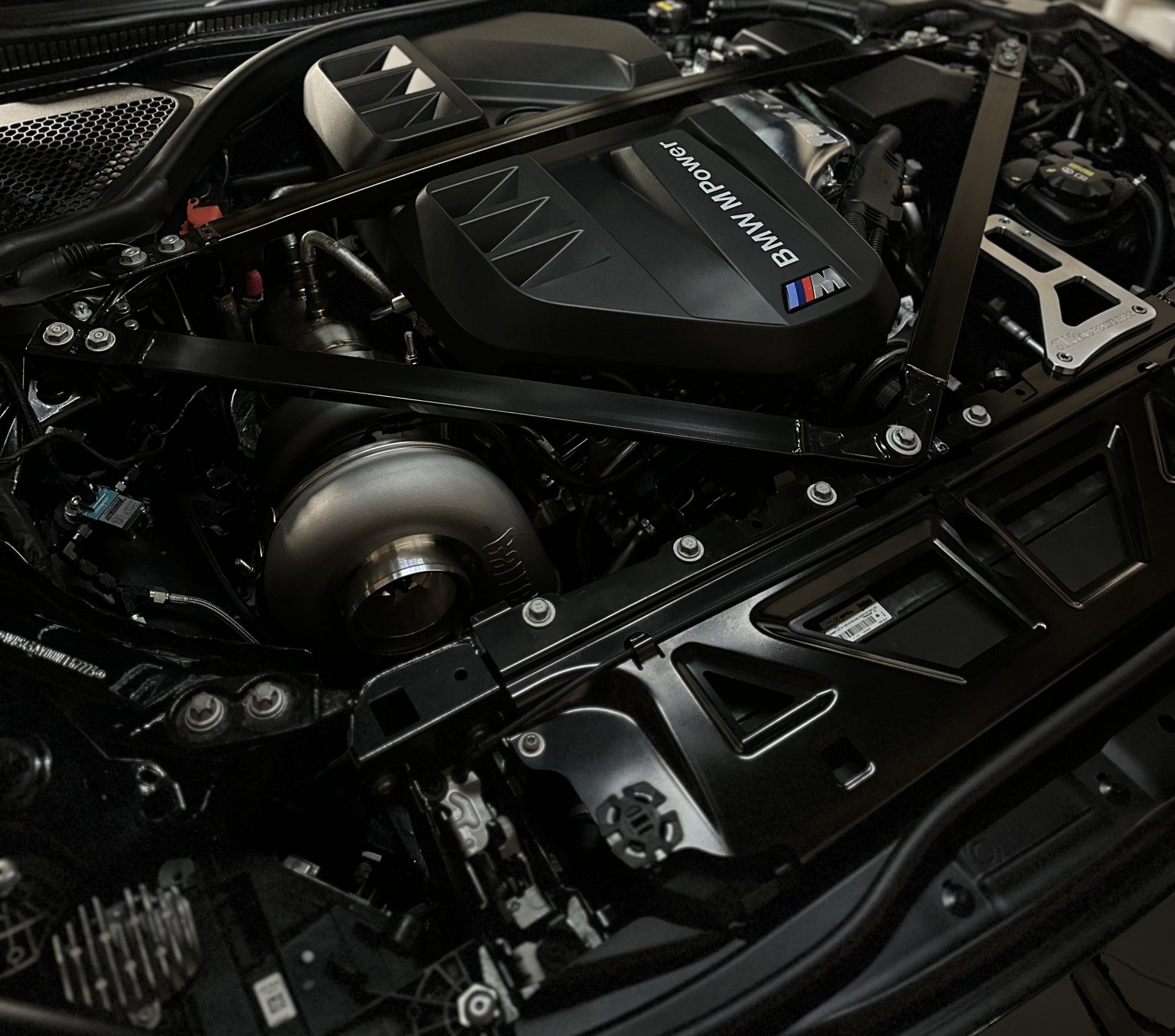A Comprehensive Guide to Comprehending BMW Engine Specifications
From Idea to Reality: An In-depth Evaluation of the Engineering Marvels Driving Automotive Powertrain Advancements
In the world of automotive design, the intricate web of innovations driving powertrain evolution is a compelling story that unfolds with accuracy and technology. From the conceptualization of innovative technologies to their awareness in tangible automobile powertrains, a trip filled with design marvels awaits exploration. As we navigate via the realms of internal burning engines, electric propulsion systems, hybrid powertrains, and the assimilation of software application and connectivity, a tapestry of advancements emerges. Nonetheless, the real intrigue depends on the unraveling future fads in automotive propulsion, where the boundaries of what is considered feasible remain to be pressed.
Development of Interior Burning Engines
The development of internal burning engines has been a critical facet in the advancement of vehicle powertrains. Over the years, improvements in materials, making strategies, and digital controls have actually significantly improved the efficiency, performance, and ecological kindness of internal burning engines.
One of the vital landmarks in this development was the growth of gas shot systems, which changed carburetors and made it possible for more accurate control over the fuel-air mixture. Looking in advance, continuous research study and development initiatives are concentrated on alternate gas, hybridization, and electrification to propel the development of inner burning engines in the direction of also greater performance and sustainability.
Surge of Electric Propulsion Solutions
In the realm of automobile design, a remarkable shift in the direction of electrical propulsion systems is currently reshaping the landscape of lorry powertrains. bmw engine. Electric propulsion systems, primarily driven by improvements in battery modern technology and environmental concerns, are ending up being significantly widespread in the automotive industry. These systems supply many advantages over typical interior combustion engines, including greater performance, lowered discharges, and enhanced efficiency abilities

As car manufacturers continue to buy r & d, electric propulsion systems are expected to become also more sophisticated and widespread. The change in the direction of electrification represents a turning point in vehicle background, signifying a substantial departure from conventional combustion engine technology in the direction of a much more sustainable and effective future.

Advancements in Crossbreed Powertrains
With the growing demand for more eco friendly and fuel-efficient lorries, advancements in hybrid powertrains have become a centerpiece in the vehicle market's pursuit of sustainable transportation options. Crossbreed powertrains combine conventional inner burning engines with electrical propulsion systems, supplying improved fuel efficiency and lowered discharges contrasted to standard cars.
One key improvement in hybrid powertrains is the growth of plug-in crossbreed electrical lorries (PHEVs) These lorries can be billed from an external source of power, enabling for expanded electric-only driving arrays. In addition, advancements in regenerative stopping systems have enhanced the effectiveness of hybrid vehicles by converting kinetic power throughout stopping right into electric power to charge the battery.
Moreover, automakers are significantly concentrating on enhancing the integration of crossbreed powertrains with innovative transmission systems to better enhance general effectiveness and efficiency. Using lightweight materials and progressed control systems has actually additionally contributed to making hybrid powertrains extra reliable and portable. On the whole, the constant innovations in crossbreed powertrains are leading the method for an extra lasting future in the vehicle market.

Integration of Software and Connectivity
Progressing the automotive industry's technological landscape, the assimilation of software application and connection plays a pivotal role in boosting automobile performance and individual experience. Modern cars are significantly becoming interconnected environments, where software-driven functionalities are seamlessly click here now integrated with connection features to provide a much more reliable and satisfying driving experience. Software program manages crucial aspects of the car, such as engine monitoring, transmission systems, and advanced driver-assistance systems (ADAS) These systems count on complex formulas to maximize efficiency, make certain security, and reduce emissions.
Connectivity additional improves this integration by allowing cars to communicate with outside networks, other cars, and infrastructure. Via functions read here like over-the-air updates and remote diagnostics, makers can constantly boost automobile efficiency, address issues promptly, and introduce brand-new attributes without requiring physical recalls. Furthermore, connection allows advanced capabilities like real-time website traffic updates, remote vehicle monitoring, and seamless assimilation with mobile phones for enhanced convenience.
Future Patterns in Automotive Propulsion
The development of auto powertrain innovations, particularly in the integration of software program and connection, establishes a foundation for discovering the future trends in auto propulsion. Looking ahead, key fads are emerging that are positioned to revolutionize the auto industry.
These cars may need unique powertrain configurations to support numerous levels of freedom. Additionally, the integration of artificial knowledge (AI) and machine discovering in vehicle propulsion systems is expected to improve performance and efficiency.
Final Thought
To conclude, the continuous development of automobile powertrains has actually seen the growth of internal burning engines, electric propulsion systems, crossbreed powertrains, and the integration of software application and connectivity. These developments have driven significant improvements in effectiveness, efficiency, and sustainability in the automotive sector. Looking ahead, future patterns suggest an ongoing shift in the direction of electrification, autonomous driving, and connection, shaping the future of vehicle propulsion systems.
The development of inner burning engines has been a crucial aspect in the development of automotive powertrains.In the realm of automobile engineering, a noteworthy shift towards electrical propulsion systems is presently improving the landscape of Clicking Here automobile powertrains. Overall, the constant innovations in hybrid powertrains are leading the way for a much more lasting future in the auto industry.
The development of vehicle powertrain advancements, particularly in the combination of software application and connection, establishes a structure for exploring the future trends in automobile propulsion.In final thought, the consistent evolution of automotive powertrains has actually seen the advancement of interior burning engines, electrical propulsion systems, hybrid powertrains, and the integration of software application and connectivity.